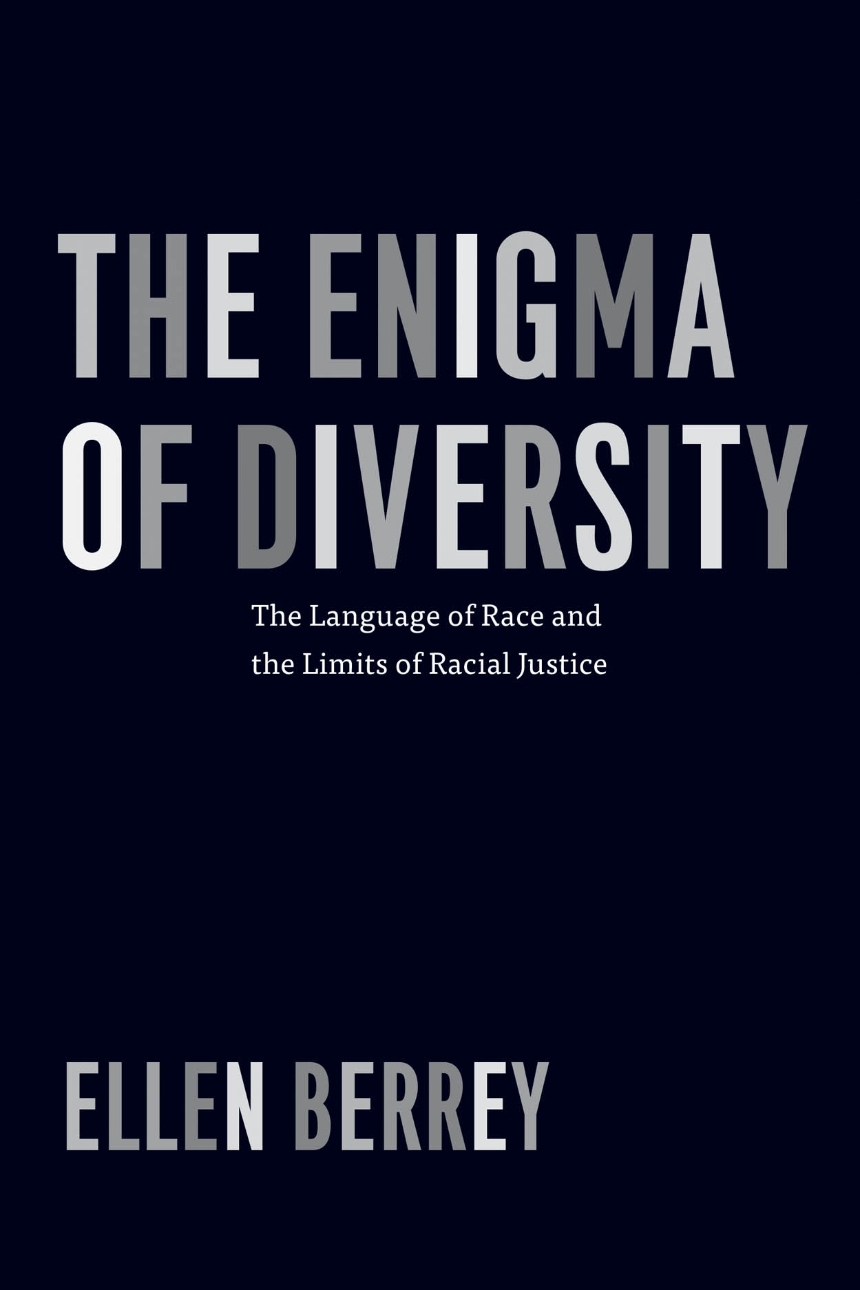The Enigma of Diversity
The Language of Race and the Limits of Racial Justice
The Enigma of Diversity
The Language of Race and the Limits of Racial Justice
Ellen Berrey digs deep into those questions in The Enigma of Diversity. Drawing on six years of fieldwork and historical sources dating back to the 1950s and making extensive use of three case studies from widely varying arenas—housing redevelopment in Chicago’s Rogers Park neighborhood, affirmative action in the University of Michigan’s admissions program, and the workings of the human resources department at a Fortune 500 company—Berrey explores the complicated, contradictory, and even troubling meanings and uses of diversity as it is invoked by different groups for different, often symbolic ends. In each case, diversity affirms inclusiveness, especially in the most coveted jobs and colleges, yet it resists fundamental change in the practices and cultures that are the foundation of social inequality. Berrey shows how this has led racial progress itself to be reimagined, transformed from a legal fight for fundamental rights to a celebration of the competitive advantages afforded by cultural differences.
Powerfully argued and surprising in its conclusions, The Enigma of Diversity reveals the true cost of the public embrace of diversity: the taming of demands for racial justice.
352 pages | 6 halftones, 1 map, 2 line drawings, 3 tables | 6 x 9 | © 2015
Economics and Business: Business--Business Economics and Management Studies
Education: Higher Education
Law and Legal Studies: Law and Society
Political Science: Race and Politics
Sociology: Race, Ethnic, and Minority Relations, Urban and Rural Sociology
Reviews
Table of Contents
One The Symbolic Politics of Racial Progress
Part I: Undergraduate Admissions at the University of Michigan
Two “Academically Excellent and Diverse”
Three Gratz, Grutter, and the Public Relations of Defending Affirmative Action
Part II: Housing Politics in Rogers Park
Four “The Most Diverse Neighborhood in Chicago”
Five Gentrification, Displacement, and the Color-Blind Opposition to Subsidized Housing
Part III: Human Resource Management in Starr Corporation
Six “Diversity Is a Strength of Starr Corporation”
Seven Diversity Management, Shareholder Capitalism, and the Biases of Meritocracy
Conclusion: Neoliberalism, Color Blindness, and Inequality in the Age of Diversity
Acknowledgments
Methodological Appendix
Notes
References
Index
Awards
Sociology of Law section, American Sociological Association: Distinguished Book Award
Won
Law and Society Association: Herbert Jacob Book Prize
Won
ASA Culture Section: Mary Douglas Prize
Honorable Mention
